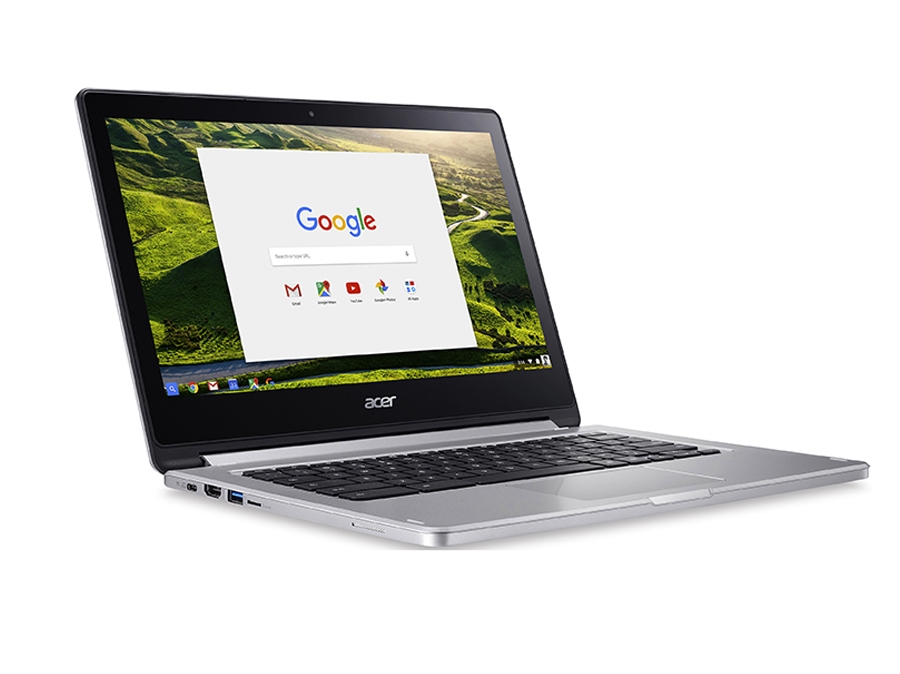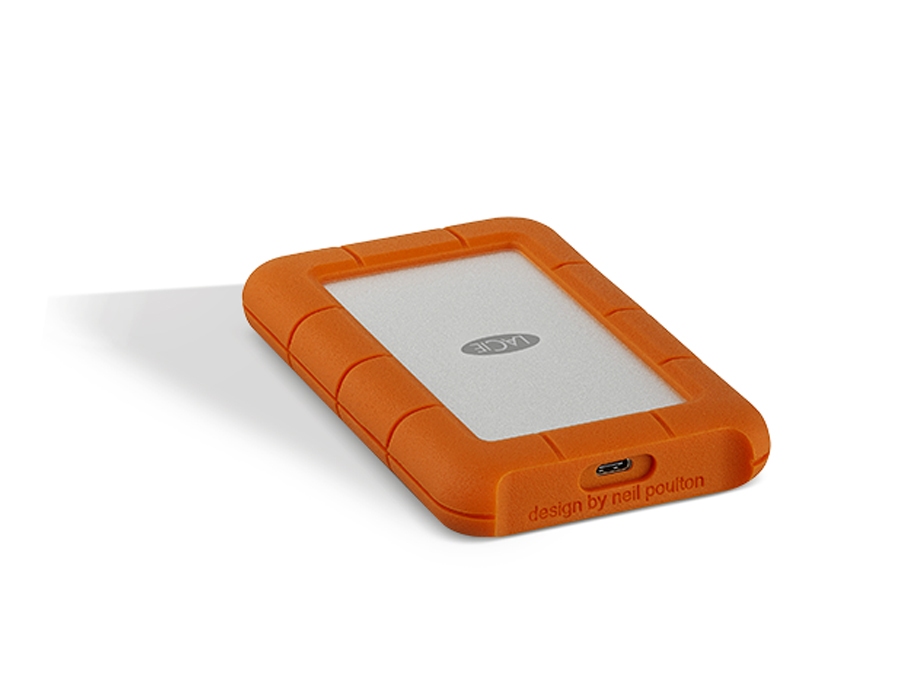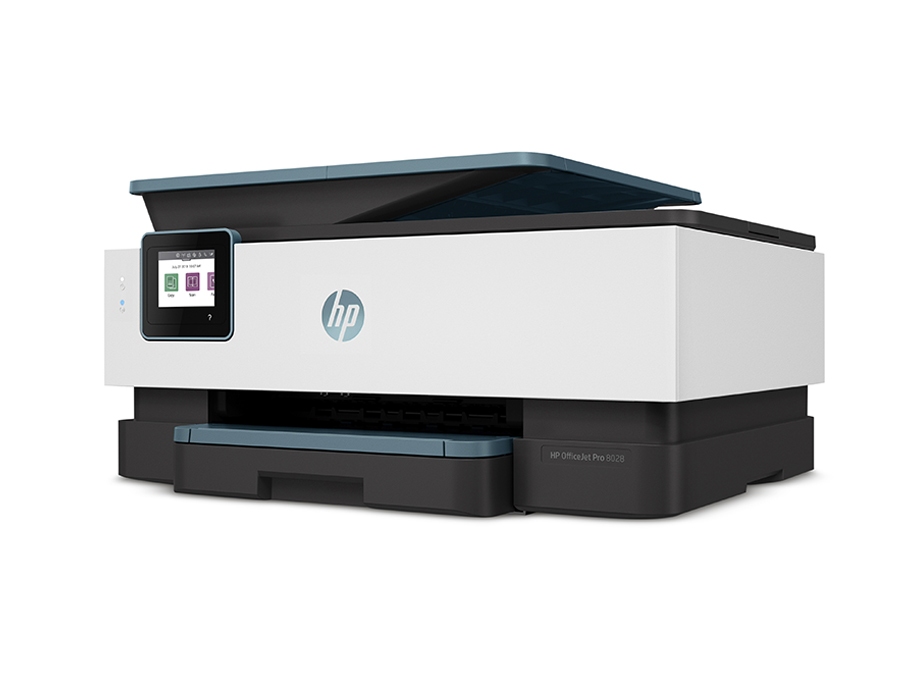Even before 2020, working from home was a reality for many Australians. Our changing values, as well as the development of technology, meant that it was no longer necessary to be tied to the office from 9-5. Recent census data showed that before COVID-19 (coronavirus), a third of all employed people (some 3.5 million Australians) regularly worked from home — now, the numbers are much higher. To ensure your home office is primed for productivity, we asked Anthony Hill, Head of Technology at Geeks2U, to share with us the tech essentials needed in your home office.
The Bare Minimum is, of Course, a Laptop
This is essential. The model you choose may depend on the work you do, as well as your own personal preferences regarding screen size, storage capacity and bonus features. Anthony recommends a high-spec laptop because, he says, “It gives you the flexibility of being able to work in different areas at home, whereas the desktop computer means you’re tied down to one office space.”
Shopping for a laptop can be overwhelming, so investigate online resources, such as this handy buying guide and PCmagazine’s best laptops for 2020, where the Apple MacBook Pro 16” and the Lenovo ThinkPad Carbon were among the top contenders.

- MacBook Pro 2019 16" Core i7 512 GB with Touch Bar Space Grey
- Lenovo ThinkPad X1 Carbon 14" i7 Laptop 16GB RAM
- Acer R13 13.3" Chromebook CB5-312T-K3AJ
Top Tips for Maximising Productivity with Remote Working
A Reliable WiFi Connection Is Crucial for Productivity
Spotty signals and dead spots are a nightmare when you are trying to get work done. “Make sure you go with a good reputable internet service provider,” Anthony says. “And NBN services, which most of Australia are now getting on to, would be recommended as opposed to your wireless ones, like 4G, which tend to be a little bit more unreliable.”
It’s a smart idea to set up a WiFi network, especially if you plan to work across multiple mobile devices. For this you’ll need a router but if your home is large or has a tendency for black spots, you may want to boost the WiFi coverage to give you reliable service throughout your home. “One of the best options is to use a WiFi mesh network system like Google Nest or Netgear Orbi. A mesh network is a series of nodes or repeaters that can be placed throughout the home to boost the signal into those Hard-to-reach areas."
What to Try

- Netgear Nighthawk AC2300 Smart WiFi Router R7000P
- D-Link 4G LTE Router with SIM Card Slot DWR-921
- TP-LINK Archer A10 WiFi Router Black
High Quality Headphones Make Work Calls Much Clearer
They’re not just for pumping tunes, headphones may be needed for business calls via phone or Skype. Do your research before you buy but remember to look for models that are noise-cancelling with great sound quality and an A-grade microphone to filter out distracting background noise. Anything else to consider? “Comfort is key,” says Anthony. “Especially if you’re going to be using them for a long period of time.”
Leading brands in the space include Plantronics and Sony. Wireless headphones may be convenient but be aware that a Bluetooth connection can drop out or lag if you’re moving around. You’ll also need to regularly charge wireless headphones, with a good pair of headphones promising 20-30 hours of battery life.
What to Try
- Plantronics Backbeat Pro 2 Wireless Headset Black
- Sony Wireless Noise Cancelling Headphones CH700N
- Keji On-ear Wired Headphones with Microphone Black
What to Try
Invest in a Proper a Backup Plan
Backing up your files is a bit like flossing your teeth: you have to do it every single day. At least, that’s Anthony’s recommendation. “I would do it as a daily practice because a) it makes the backup function quicker and b) the longer you leave it, the more risk you have. If you backup daily and you lose all your systems, the worst case scenario is you lose a day’s work.”
Invest in a portable hard drive that’s at least double the size of your current computer but it’s also a great option to have a secondary off-site backup in case of theft or an act of God, like a fire or a flood.
What to Try

- LaCie Rugged USB-C Portable Hard Drive 2TB
- WD 4TB Elements SE Portable Hard Drive Black
- Seagate 1TB Expansion Portable Hard Drive
Save Time and Money with a Multifunction Printer
You want a device that can handle all of your copying, scanning, faxing and printing needs – in other words a multifunction centre (MFC), but how do you choose?
Anthony offers this advice for home office setups: “One of the major choices is whether you go for a laser printer or an inkjet printer. Laser printers are probably more economical for your standard business use, and they're great if you’re printing a lot of text documents. Inkjet printers can have higher quality resolution, so may suit if you’re printing a lot of images or photos.”
What to Try

- Canon PIXMA HOME OFFICE Wireless Inkjet MFC Printer TR7560
- Epson WorkForce A3 Wireless MFC Printer WF-7720
- HP LaserJet Pro Colour SFP M454dw
- HP Officejet Pro 8028 All-in-One Printer
- Brother Mono Laser Printer HL-L2305W
What You May Not Have Considered: a Serious Webcam
Is video conferencing or live-streaming now a big part of your everyday life? We’re guessing the answer is yes. Consider then, a webcam that offers great image quality and comes with an adjustable stand. While most laptops have built-in cameras, the recordings they produce can be poor quality and low resolution.
A standalone webcam is easy to set up and can help you achieve a more professional outcome. And don’t be spooked by webcam urban legends, says Anthony. “There’s always a risk with any computer that's connected to the internet. But being vigilant and having the right security things in place will protect you.”
Surge-Protection Could Save Your Home Office
A surge-protected powerboard is one of the best home office technology ideas to embrace when setting up your workspace. It sounds like something you’d find on a spaceship but this nifty gadget could save your bacon. “If you get a power surge, or a lightning strike, this is going to protect your equipment from getting shorted out and then you’re not having to go out and buy new gear,” Anthony explains.
He warns against the overload-protection power boards that you find at the supermarket, recommending “a proper certified surge-protected power board” for home office setups. And while you’re looking at power boards, take a look at models that allow multiple gadgets to be plugged in via USB while only using one powerpoint.
What to Try
- Jackson Phone and Aerial Surge Protected 8 Outlet Powerboard
- Jackson 4 Outlet 4 USB Surge Protected Powerboard
Don’t Scrimp on What You See: You Need a Second Monitor
Yes, really. It may seem strange, but Anthony swears having two computer monitors is one of the home office tech essentials. “With two screens you have twice as much area and this increases your productivity. You can have a spreadsheet on one, you can be working with emails on another and then you can work between the two very quickly and very easily as opposed to trying to juggle your various applications around a small desktop. Once you use two, you never go back!”
Plug a separate monitor into your laptop today or grab a USB hub to bring it all together and prepare for the kind of efficiency and goal-kicking home office setup that you’ve only ever dreamed of.






